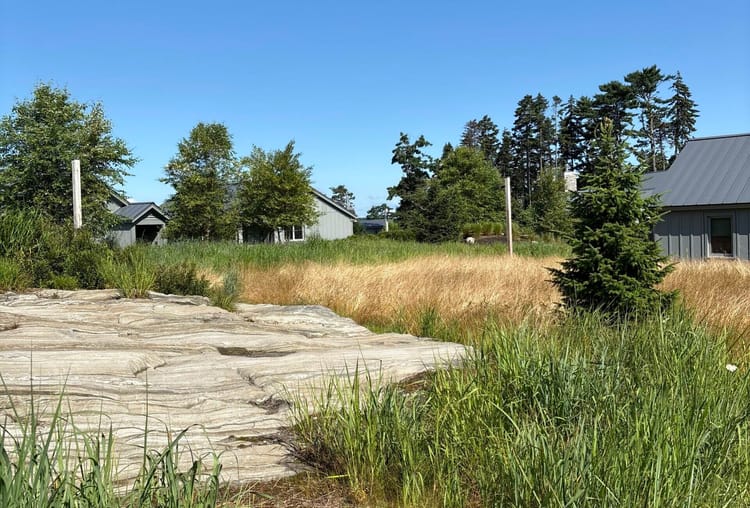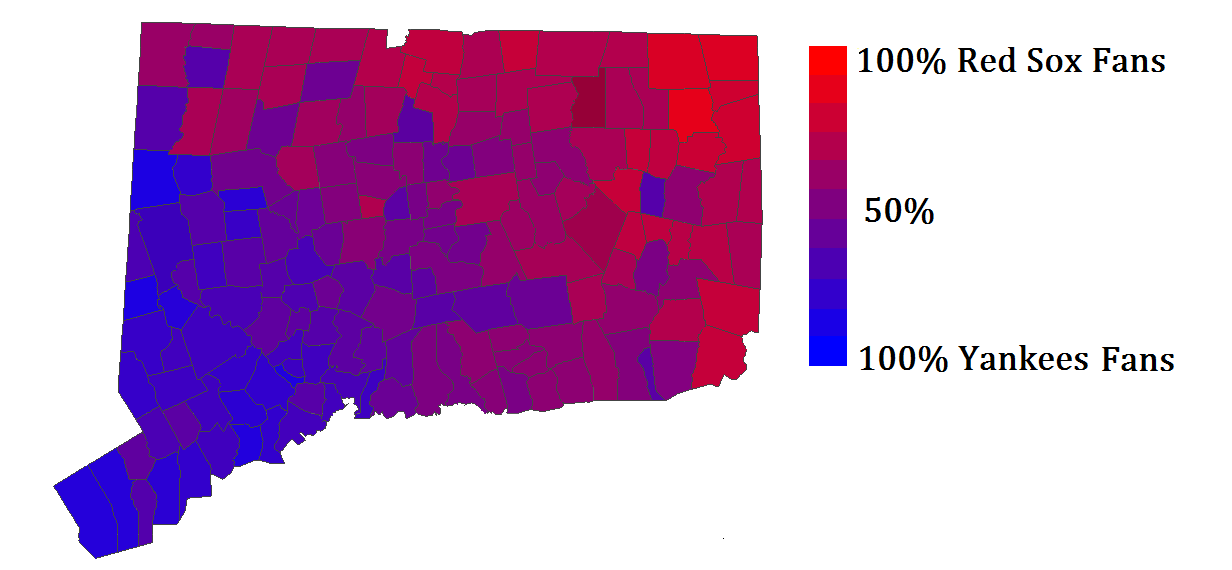The New England Option in Action

In January, shortly after the inauguration, I floated the idea of The New England Option, a thought experiment about a regional, rather than national, approach to politics. Subsequently, I worked with an AI to imagine a scenario by which it might come to pass. That imagined scenario was sparked by a conflict over federal research funding. But recent developments have suggested a different pathway toward a more regional politics. These developments—one in public health, the other in energy—offer a clear look at what happens when states with shared values decide to act on their own terms.
Today, eight states formally announced the Northeast Public Health Collaborative, a voluntary coalition to “promote and protect evidence-based public health.” This effort mirrors the West Coast Health Alliance, a similar bloc of states that has issued its own guidance on public health. The move was a direct response to a rapidly shifting landscape at the federal level, particularly within the Department of Health and Human Services. As Dr. Manisha Juthani, the Connecticut commissioner of public health and an infectious disease specialist said, "Particularly in the Northeast, people cross borders daily for work and school. In a time of significant change in public health, we have benefited from the enhanced collaborations between our jurisdictions. We are confident that we will preserve and protect core public health principles and services as we navigate current changes together.”

The coalition, which includes public health agencies from Connecticut, Maine, Massachusetts, New Jersey, New York, Pennsylvania, and Rhode Island, is designed to share expertise and improve coordination across state lines. And it isn't the only regional health-related effort underway. According to a report by the Connecticut Mirror, Governor Lamont is meeting with other New England governors to form a joint strategy to stabilize the healthcare exchanges created by the Affordable Care Act. This initiative, spurred by the current administration's actions targeting these exchanges, is another example of states banding together to protect a system they deem vital, rather than waiting for federal policy to change.
Another powerful example is the Northeast States Collaborative on Interregional Transmission, announced in April. Formed by ten states—from Maine to Maryland—this initiative aims to coordinate the development of a more resilient and affordable electric grid. By working together, these states are planning "interregional transmission infrastructure" to increase the flow of electricity between their various grids. In a joint memorandum, they agreed to share technical data and strategic plans, with the goal of more effectively integrating clean energy sources like offshore wind. It’s a pragmatic, unglamorous, but important step toward a more sustainable energy future, one in keeping with New England values, and one that doesn’t wait for federal politics to come around to our way of seeing things.
In both cases, we see the "New England Option" moving from theory to practice. These states aren't abandoning the country, but they are demonstrating that real progress can be made by focusing on what's best for a region that shares common goals and values. It’s a form of pragmatic federalism—a recognition that, for some of our most pressing problems, the most effective solutions will not be found in Washington, D.C., but here at home.




Member discussion